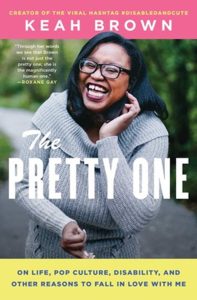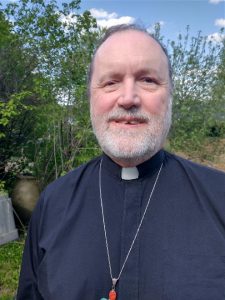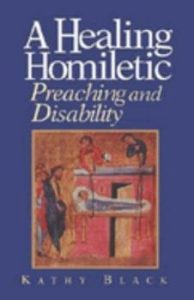This month’s article is written by ELCA Disability Ministries Advisory team member Rev. Peter Heide, written from a perspective of blindness.
“Organizations by and for people with disabilities have existed since the 1800’s.” [1] In 1921, the American Foundation for the Blind (AFB) Home | American Foundation for the Blind (afb.org) was created to help veterans who had been blinded during World War I. Through the AFB, supported by Helen Keller and the national organization of Lions (Keller called them the Knights of the Blind), great strides were made creating employment opportunities for the blindness community (e.g., Randolph-Sheppard Act, 1936) Randolph Sheppard Vending Facility Program | Rehabilitation Services Administration (ed.gov) and access to books through the National Library Service (NLS) “Talking Book” program NLS at the Library of Congress – National Library Service for the Blind and Print Disabled (NLS) | Library of Congress (loc.gov).
Yet, by the end of the 30’s, there was a realization that, if blind people were going to gain parity with sighted people, blind people were going to need to advocate for themselves. In November 1940, Jacobus TenBroek and others living with blindness, formed the National Federation of the Blind (NFB) Homepage | National Federation of the Blind (nfb.org). Its tagline is, “Live the life you want.” Through the advocacy of the NFB, progress was made in gaining better education and training for job opportunities that focused more on what blind people wished to do rather than areas sighted people relegated them to.
Later unrest in the NFB caused a number of blind people to break with the NFB. In July 1961, a new consumer group, the American Council of the Blind (ACB) Home | American Council of the Blind (acb.org), was formed. It too advocates for the needs of the blind in living independent lives. ACB’s tagline is, “Together for a bright future.”
It is little known or recognized that these organizations have not only advocated for the needs of the blind, but that these organizations have contributed to the case of Brown v Board of Education and the Civil Rights Act of 1964.
In the 70s, Judith (Judy) Heumann led advocacy work for people using wheelchairs. She, with the NFB, ACB, the Deaf community, and other disability advocacy groups, helped write and pressure congress to pass the Americans with Disability Act (ADA), which was signed by Pres. George H.W. Bush in July 1990.
In recognition of the enactment of the ADA, July is designated Disability Pride month. The continued work of advocacy by and for the disabled continues to make life for many safer and better. At the same time, the work they do adds to the lifestyles of the sighted. The availability of audio books and voice-activated hands-free phones are only two of the things that the general population benefits from. Wheelchair ramps also benefit us all by often making bicycle travel safer and easing the lives of parents pushing strollers. Accommodations for people living with disabilities makes life for all of us better.
Happy Disability Pride Month!
[1] Disability History: The Disability Rights Movement (U.S. National Park Service) (nps.gov)

 A book review by Rev. Peter Heide on “The Pretty One: On Life, Pop Culture, and Other Reasons to Fall in Love with Me” by Keah Brown
A book review by Rev. Peter Heide on “The Pretty One: On Life, Pop Culture, and Other Reasons to Fall in Love with Me” by Keah Brown

 I commend to you the book
I commend to you the book